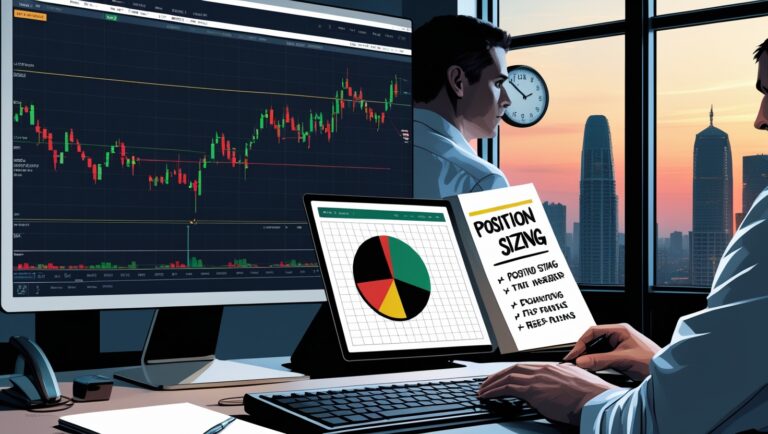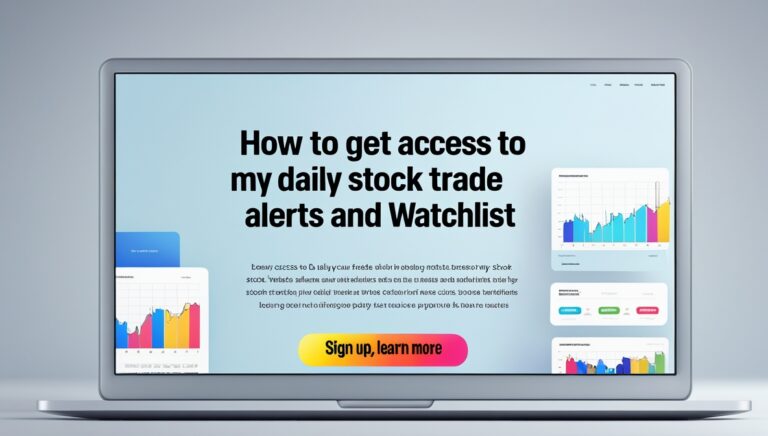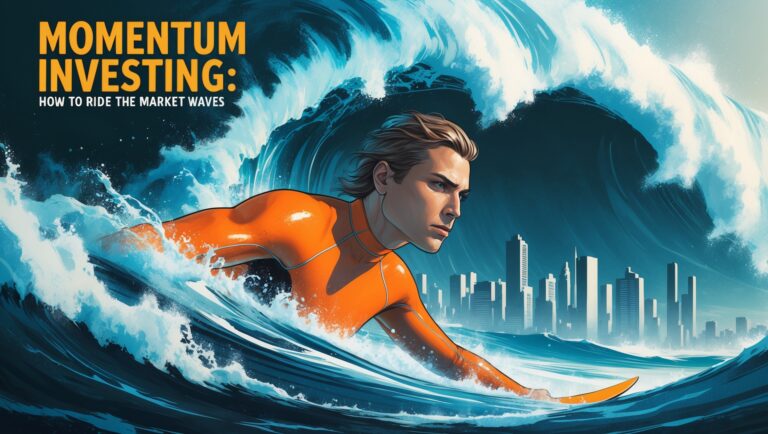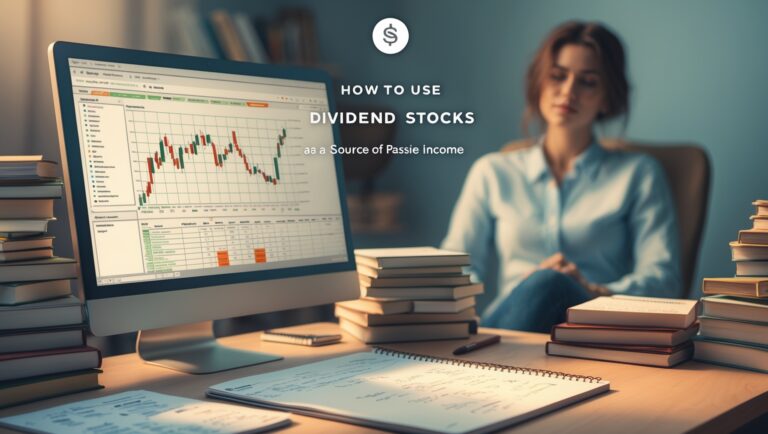What Every Beginner Trader Needs to Know About Risk Management
What Every Beginner Trader Needs to Know About Risk Management
When I first started trading, I thought the most important thing was finding the perfect stock or timing the perfect breakout. But over time, I learned that risk management is what really separates the winners from the ones who blow up their accounts.
I didn’t fully understand how important it was until I watched half of my account disappear in just a few trades. That’s when I knew something had to change — and I started building a system that kept me safe, focused, and consistent.

Table of Contents
Why Most Beginners Ignore Risk Management
It’s easy to get caught up in the hype. People post big wins on social media, and it makes you want to go all in. I did the same thing — until I realized that without risk control, even the best strategy fails.
I used to think that risk management was boring or unnecessary. But when I started applying it seriously, I noticed something powerful: my losses got smaller, and my confidence grew.
I Never Risk More Than I Can Afford to Lose
This rule changed everything for me. I set a fixed percentage risk per trade — usually 1% to 2% of my total account. That means if I lose, it’s a small dent, not a disaster.
And it doesn’t matter how “good” a trade looks. If the risk doesn’t make sense, I skip it. There’s always another setup tomorrow.
I Use Stop Losses Every Time
This one took me a while to respect. I used to hope trades would bounce back. But hope is not a strategy. Now, I set a hard stop loss before I even enter. I define my exit before my entry — and stick to it.
This helped me avoid the emotional rollercoaster and trade more like a professional, even with a small account.
The Risk-to-Reward Ratio I Live By
Before I enter any trade, I look for at least a 1:2 risk-to-reward ratio. That means if I risk $50, I want a chance to make $100.
This one concept helped me flip the odds in my favor. I didn’t need to win every trade — I just needed to make sure my winners were bigger than my losers.
How My Ebook Helps You Apply This
Inside my ebook, I walk through exactly how I apply risk management in real trades. I show how I find my watchlist, how I spot setups that fit my criteria, and how I avoid chasing plays with bad risk.
If you’re tired of losing and want a real system that keeps you protected, this ebook is where I suggest you start.
Protecting Capital Comes Before Profits
I had to learn this the hard way: you can’t grow what you don’t protect. The goal isn’t to win every trade — it’s to stay in the game long enough to let your strategy play out.
Now, every decision I make is centered around that principle.
Trading With Rules, Not Emotions
When I removed emotion from the equation, I traded better. I didn’t panic on red candles. I didn’t get greedy on green ones. That only happened once I trusted my plan and my risk limits — and refused to break them.
I Track Every Trade — Especially the Bad Ones
Risk management isn’t just about where you enter and exit. It’s about reviewing your performance, habits, and patterns. I log every trade I take and study what I did right or wrong.
Over time, I built a system that fits my style, protects my capital, and gives me confidence.
Want to Learn My Entire Approach?
If you’re looking to take control of your trading and finally feel confident in what you’re doing — not guessing, not overtrading — then my ebook will help you.
It’s the exact method I use to build my watchlist, trade 2–3 times per week, and pay my bills using stocks — with full risk control baked in.
When I finally stopped focusing on making money and started focusing on not losing money, my results changed. It sounds backward, but it’s the truth. Once I prioritized capital preservation, the profits came more naturally.
One lesson I had to learn was to respect my max loss per day. I used to keep trading to “make it back” after a loss — and that just made things worse. Now, I have a strict rule: if I hit my daily loss limit, I walk away. No questions asked.
Something else that helped was choosing clean setups only. I no longer force trades out of boredom or FOMO. I wait for high-probability trades — the kind of trades I explain in detail inside my ebook. When I started filtering better, I started winning more.
I also had to stop thinking of every trade as a “must-win.” That pressure leads to oversized positions and emotional decisions. Now I treat every trade as just one of many — and I let the law of probability work in my favor.
Another thing I did was eliminate distractions. I turned off alerts, left Discord groups, and stopped watching other people’s wins. The more noise I cut out, the more clarity I had. Risk management is easier when you’re not constantly second-guessing yourself.
Position sizing became a game-changer. I use a position size calculator based on my stop-loss distance and how much I’m willing to risk. That means every trade has the same dollar risk, whether the stock is $2 or $200.
I also learned how to read the volatility of a stock before entering. Some stocks move wild within seconds — others move smoother. If I’m managing risk properly, I match my strategy to the type of stock I’m trading.
Trading without a plan is gambling. It took me a while to accept that. I used to wake up and just trade what I saw trending. Now, I wake up with a pre-set watchlist, levels marked, and risk planned ahead of time. It changed everything.
I make sure to adjust risk depending on the market conditions. If the market is choppy or I’m not seeing clear setups, I cut my size in half or sit out. It’s not about forcing trades — it’s about staying in control.
Most beginners blow up because they never learned this. They focus on hitting home runs instead of getting on base consistently. That’s why I created my ebook — to give people a way to trade smarter from day one.
The beauty of real risk management is that it gives you freedom. I don’t stress during trades anymore because I already know the worst-case scenario. That peace of mind is what allowed me to finally enjoy the process and trade with confidence.
And that’s what I want for anyone who reads this — not to chase some get-rich-quick idea, but to develop a real system that works, keeps you safe, and grows your account over time. It’s not about trading more — it’s about trading better.

Stay ahead in the stock market! Subscribe to our newsletter and receive exclusive stock flow reports, trading insights, and actionable tips directly in your inbox. Join thousands of traders who get our updates first.







